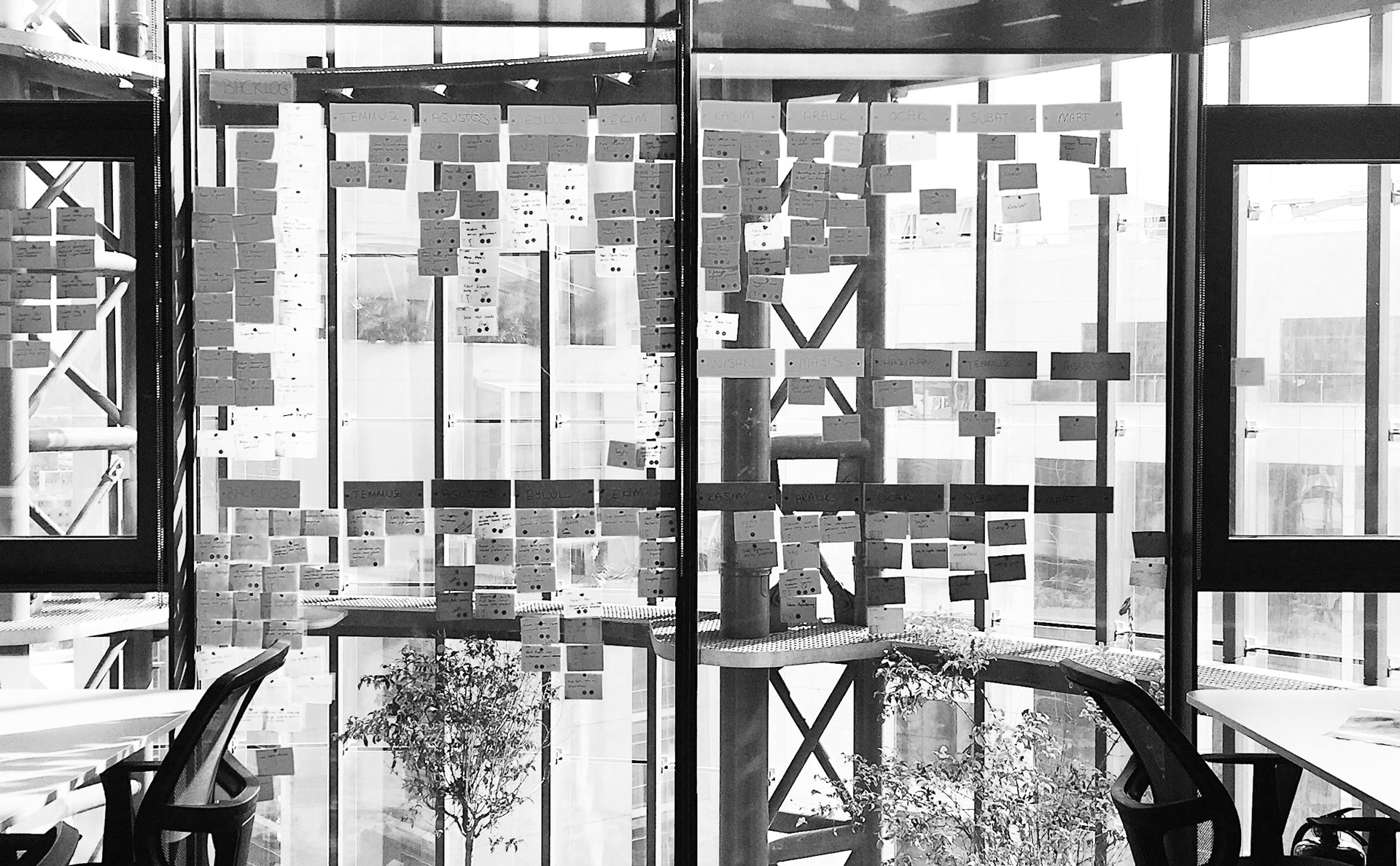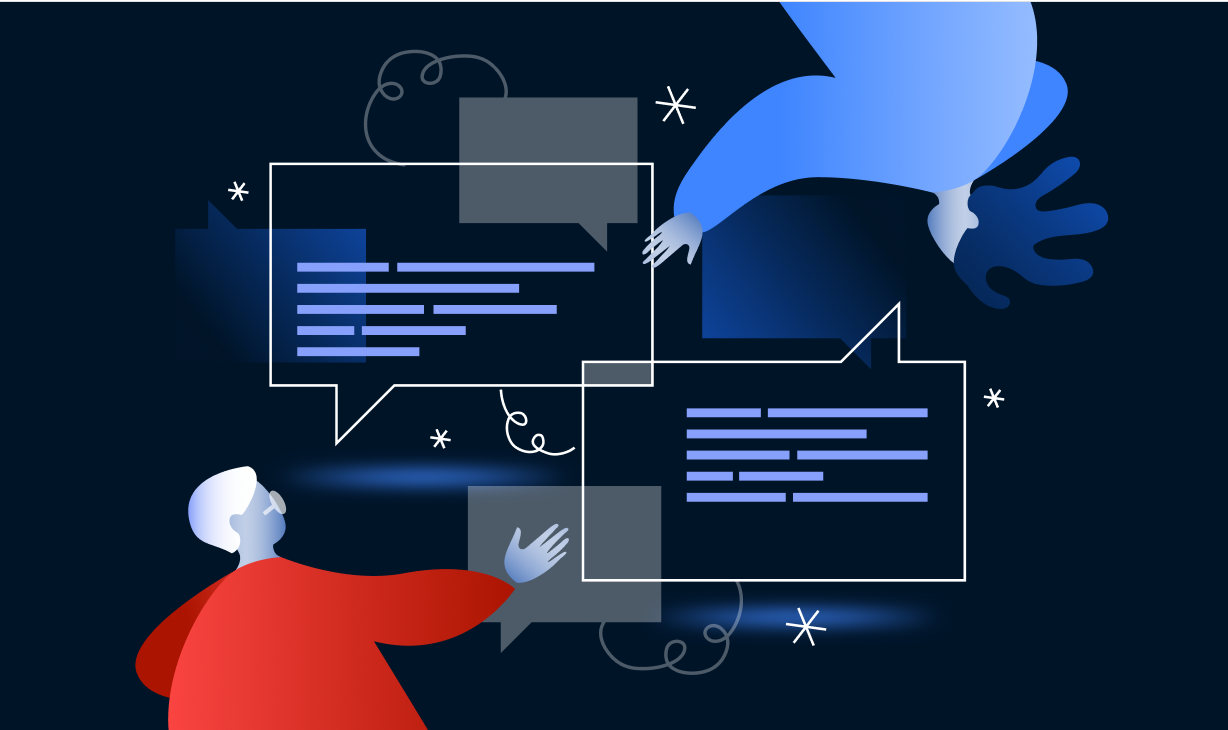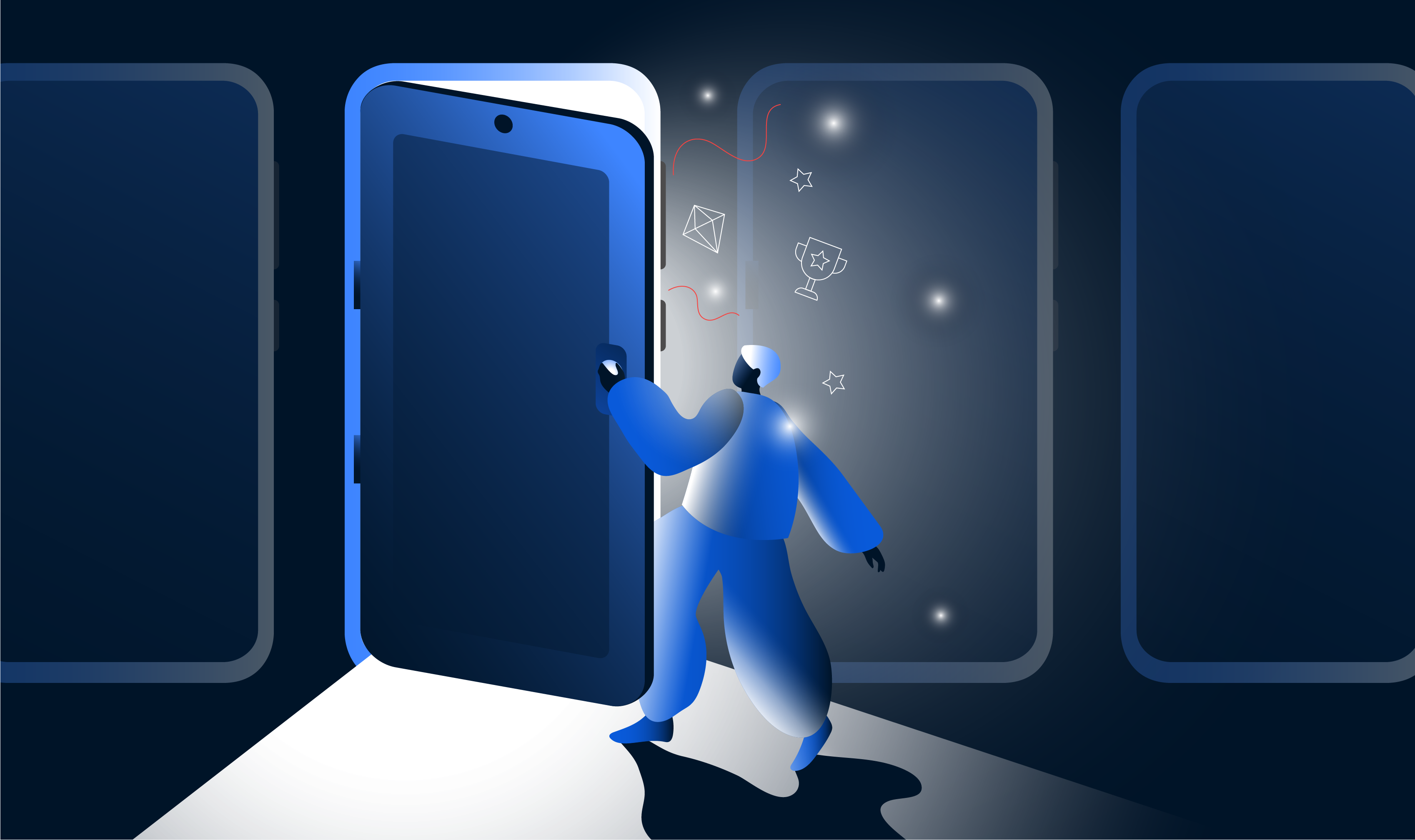When we partner with our clients to develop a product, it’s important to note that in most cases, the product we’re building is only a part of the larger picture for their business. Ultimately, we need to create something that not only delivers a great experience but also seamlessly integrates into their overall operations to help drive success.
We need an approach that puts the same value on customer experience as it does on business processes. This is when we put on our Service Design hats.
What we mean by ‘service design’
To a customer, a ‘service’ is simple. It’s something that helps them do something – like opening a bank account, buying a meal, or checking their health.
To a business, a ‘service’ is slightly more complicated. It’s not just something that helps customers do something. It’s also about the internal processes (including the experience of the business’ employees) that enable a good customer experience.
Think of a restaurant where there is a range of employees: managers, hosts, waiters, and chefs. Service design focuses on how the restaurant operates and delivers the food it promises—from ordering and receiving ingredients to training new staff to effective communication between waiter and chef about a customer’s allergies. Each person and process plays a part in the food that arrives on the customer’s plate, even though it is not directly part of their experience.
Service design is the design of services. We don’t just design a service experience for customers; we also change the way an organisation works so they can deliver the service in the best way possible.
The benefits
Here’s how your business can benefit from service design:
- Enhanced customer experience. Excellent customer service is no longer a nice to have. It is expected. Customers will go elsewhere if you fail to deliver.
- Optimised resources. The service design process helps highlight new opportunities within the products and resources your organisation already has.
- Satisfied, loyal customers. You might already have a quality product, but great customer service on top of that will help you build brand loyalty.
And here’s what your team can gain by going through the service design process:
- Organisational alignment. Service design takes the entire organisation into account. This makes it a great way to engage your team and have them buy into processes that enable customer satisfaction.
- Human-centred mindset. The human-centred approach of service design promotes a similar mindset in the team.
- Customer insights. The service design tools and processes generate valuable customer insights that can be leveraged throughout the organisation.
When is it the most ideal to introduce service design to your organisation?
The most ideal moments to introduce service design to your organisation are:
- When internal processes and resources are lacking, affecting overall customer service delivery.
- When there is a gap between the desired and actual customer experience with your products.
- When the desired customer experience is not defined at key touchpoints in their journey.
- When the organisation or product is complex and confusing for both internal and external stakeholders.
TL;DR
All organisations have services, but not all organisations design them purposefully. Purposeful service design allows you to innovate and make your offering affordable and more pleasant for your customers.



